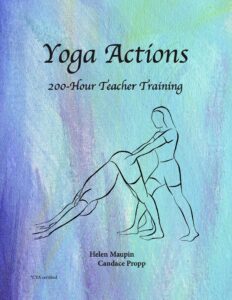Yoga Actions for Feet & AnklesThe Practice of TransformationYoga Actions for Legs & KneesYoga Actions for Pelvis & PsoasYoga Actions for Torso & SpineYoga Actions for Shoulders & ArmsOf Bone and StoneFrom Now to WowThe Mosaic I AmA Novel Approach for a Changing WorldYoga Actions Asana GlossaryUnplugged — Poetry for the Spiritual WarriorDesigning for Deep CollaborationMad Woman LaughingYoga Actions 200-Hour Teacher TrainingYOGA ACTIONS TO RELEASE TENSION -- 8 Practice SequencesYOGA ACTIONS FOR HEALING -- 7 Restorative SequencesYoga Actions Asana Glossary E-BOOKGone Girl - Poetry for the Self


















